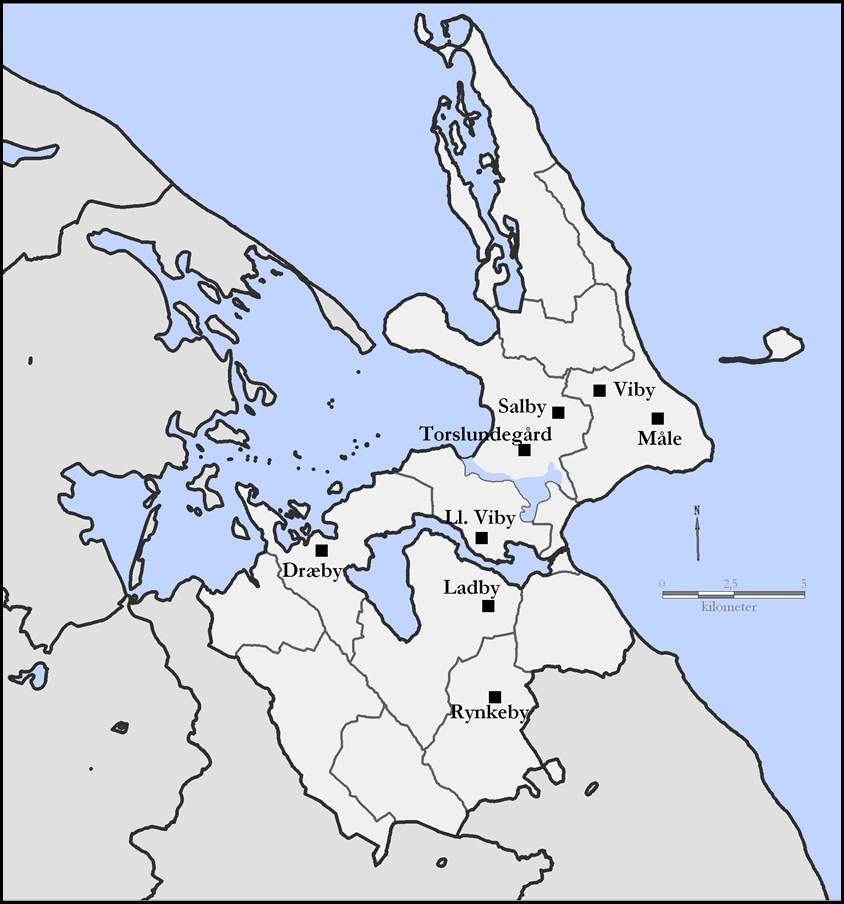In the project, Centrality and Growth on Funen in the Late Iron Age and Viking Age, the distribution and development of archaeological central sites will be investigated in the process of developing an overall theoretical model that explains central site dynamics in a prehistoric context.
‘Central places’ is the term for a group of localities that, in the Late Iron Age and Viking Age (c. AD 200-1050), differ markedly from contemporary ordinary agrarian settlements by their wealth, nobles’ residences, crafts, trade and religion. The central places are unevenly geographically distributed with larger and smaller centres of focus of centrality and material prosperity.
With Funen as a starting point, this project develops an overall model that, on a new theoretical foundation, explains central place dynamics and growth as well as interactions between central places and their neighbouring areas in the context of southern Scandinavian. The project examines how central places are developed and settled, as well as how the interaction has been between them and the agrarian settlements during the period.
The project’s main question is why some areas have been significantly more characterised by centrality and growth than others. What is the background for the location of the individual central place, and how has the interaction been between the places? What effect have the central places had on the other settlements, and can they be regarded as catalysts for general growth in society?
The above questions are important for the description and analyses of the political structure and organisational power in the Late Iron Age and Viking Age, and along with the dynamic perspective are supported by analyses of the processes that led to early urbanization, and which, over the centuries, changed Denmark from a group of tribal societies to a united kingdom.

Bjerge Herred
One of the areas on Funen where the largest grouping of place names which derive from central places is registered. The distribution of both central place derived place names and archaeologically found central places in groupings with significant geographical centres of focus is not just a Funen phenomenon, but something that applies to a large part of the Scandinavian area.